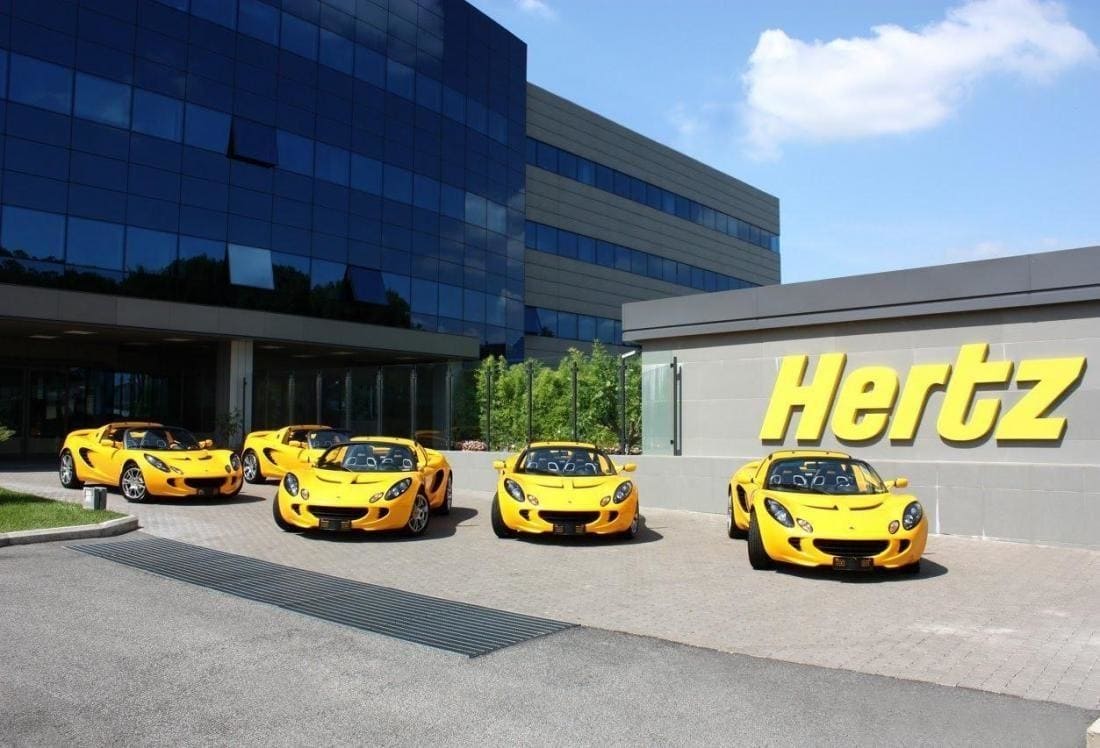
 What if ride sharing services, in the end, were just as competitive as airlines, and with an airline-like model where no-one makes money because price becomes the most important factor in the equation?
What if ride sharing services, in the end, were just as competitive as airlines, and with an airline-like model where no-one makes money because price becomes the most important factor in the equation?
At first, it seemed to be all about just one or two players, Uber and Tesla, who use new technology and access to capital to roll out new and better transport options.
Increasingly, it is clear that 21st century transport will rely on self-driving, or autonomous vehicles. Uber is rolling this out Pittsburgh at present; Tesla too, and it is clear many other companies – including Google, GM, Apple and Chinese search giant Baidu are investing heavily.
Uber (and Didi in China, with which it recently merged) use the size of the driver network itself to build scale. The passengers will use the network with the most drivers because that gets them the quickest ride, which in turn attracts more new drivers into the network, which therefore grows faster. It’s the virtuous circle.
But the equation starts to break down as more of ride-sharing takes place in autonomous cars. This is because the driver doesn’t just bring him or herself; the car comes too – a fully financed, fully maintained car, as it happens, which is neither owned nor serviced by Uber but which Uber (and the taxi companies before it) took advantage of.
Taking the driver out of the equation is a real problem for Uber, since no driver means no car.
At this point, the model takes a radical turn, based on the economics, which are compelling, and are as follows. The model 3 Tesla, which is aiming to be self-driving within a few years, is selling for about $50k, implying around $10k per annum of running costs (depreciation, energy, tyres, registration, insurance).
Assuming an autonomous vehicle provided by a fleet owner would cost the same to run, it would need to charge only $1 a ride to cover costs (assuming 30 rides a day, every day of the year).
Sure, there will be convenience factors, sure long rides will have to cost more than short ones and of course, some people will want a business or even first class car, which will cost more, but none of that will be a deal killer when the baseline is $1/ride.
And some people will prefer their own fully spec’ed autonomous car, because people are car-proud and that’s how they roll. So Tesla will have a business most likely. And it’s probably true that Apple thinks it might have one too, and has been working on this.
But longer term, the economics will push an increasing number of people into the shared fleet – a fleet which will have to be run by a fleet operators and managed in the same way airline companies manage seats on planes, with a view to maximising capacity utilisation, service, price and comfort.
There will still almost certainly be a relatively small number of car makers – maybe GM Tesla and even Apple – just as there are at present. But in a world of self-driving cars, where the ride is the thing (not the car itself) it will make sense for operators to run fleets of cars to manage transport.
A personally-owned autonomous car, by contrast, will make about as much sense as owning a plane for a regular commute to Melbourne.
That’s why companies like GM have taken a US$500m stake in Lyft, which isn’t so much a ride sharing company as a fleet management proposition.
The critical point is that Uber at present is enjoying its day in the sun not just because it transferred the cost of the car to the driver (taxi companies have been doing this for years) but because it brought certainty and quality to the ride business, which has been missing from taxis for years.
But if the future of cars is autonomous, Uber’s competitive advantage – driver financed cars – could quickly disappear, leaving the way open for the true ride-sharing model.
Share this Post

